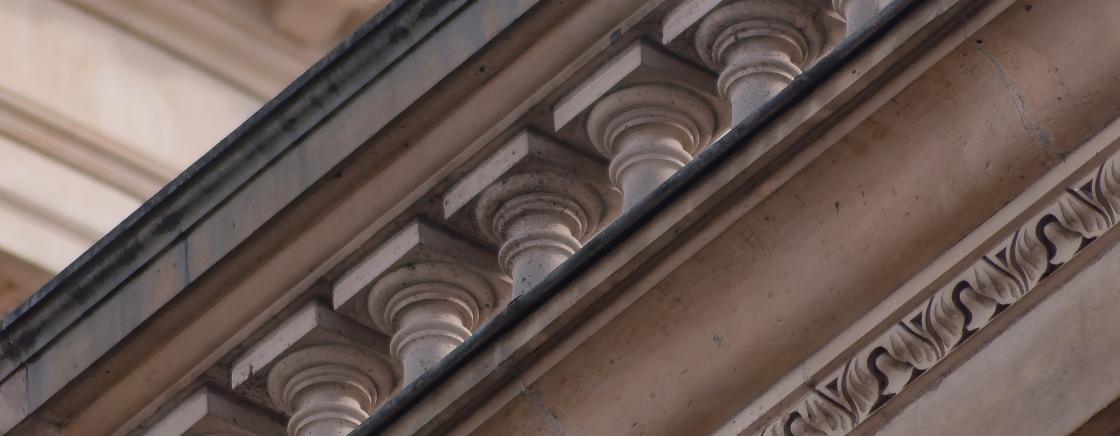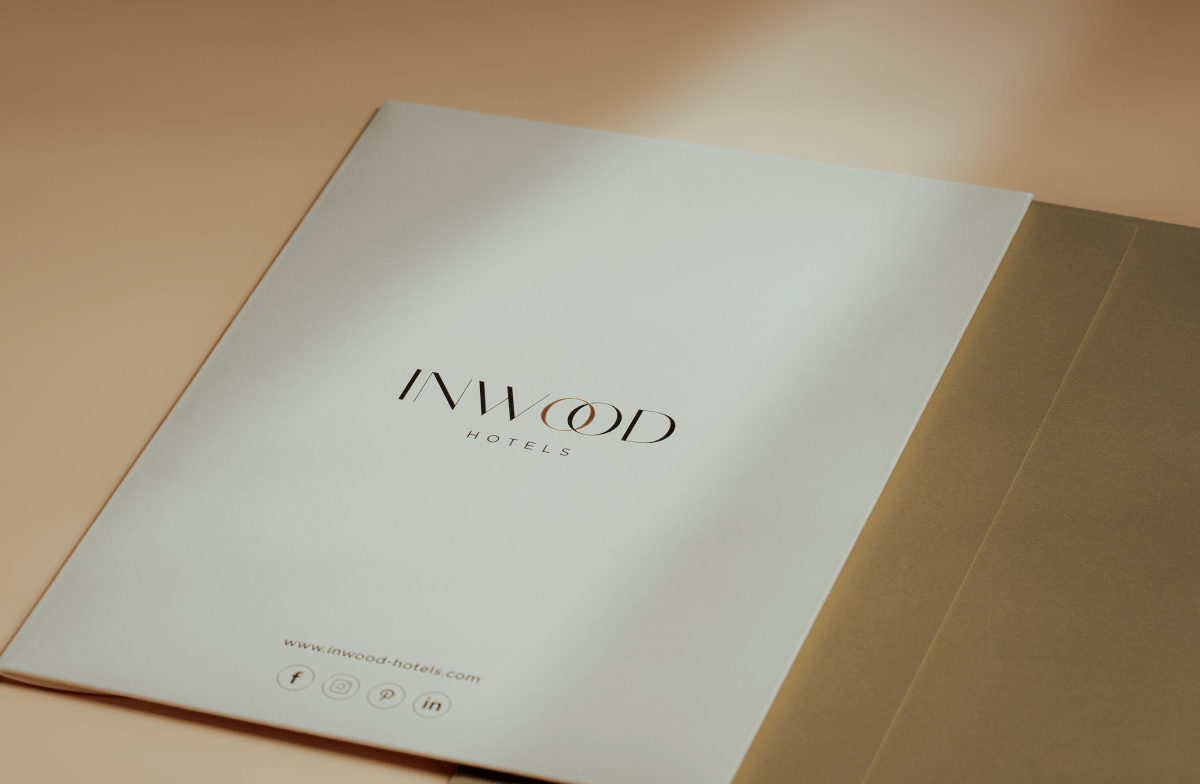
Dive into the heart of Haussmannian architecture in Paris. Discover the secrets, history, and unique features of the buildings that shape the capital. A complete guide to understanding everything about the Haussmann style.
Haussmannian Architecture in Paris: The Guide to Unlocking its Secrets
Haussmannian architecture is the visual DNA of Paris. Its elegant facades, wrought-iron balconies, and slate roofs create a cityscape unique in the world. But what do you really know about this iconic style? Here is a concise guide to unlocking all its secrets.
The Origin of Paris's Transformation
 In the mid-19th century, Napoleon III wanted to modernize Paris, which was then a city of unsanitary, medieval alleys. He entrusted this colossal task to Baron Haussmann, the Prefect of the Seine. Between 1853 and 1870, Haussmann orchestrated a massive public works program: he carved out wide, airy avenues, created parks, and imposed a new style of building. The goal was to beautify the city, improve hygiene and traffic flow, and assert the prestige of the Empire. This transformation of Paris forever shaped the face of the capital.
In the mid-19th century, Napoleon III wanted to modernize Paris, which was then a city of unsanitary, medieval alleys. He entrusted this colossal task to Baron Haussmann, the Prefect of the Seine. Between 1853 and 1870, Haussmann orchestrated a massive public works program: he carved out wide, airy avenues, created parks, and imposed a new style of building. The goal was to beautify the city, improve hygiene and traffic flow, and assert the prestige of the Empire. This transformation of Paris forever shaped the face of the capital.
How to Recognize a Haussmannian Building: Key Features
The Haussmann style adheres to very strict specifications, which gives it its harmonious appearance. Here’s how to identify it at a glance:
-
Ashlar Stone Facade: This is its signature. The buildings are constructed with this light-colored stone, giving them their monumental and luminous look.
-
Regulated Height: The height (often 6 floors) is proportional to the width of the street, creating uniform perspectives.
-
A Vertical Social Structure: The ground floor is for shops, the second floor is the "noble" floor (high ceilings, balconies), while the top floor under the eaves houses the servants' quarters ("chambres de bonne").
-
The Wraparound Balcony: An essential feature! It is found on the second floor (the most prestigious) and often on the fifth as well, unifying the facade along its entire length.
-
The Mansard Roof: The slate or zinc roof has a characteristic 45-degree angle to optimize the living space on the top floors.
-
Rich Ornamentation: Although uniform, the facades are decorated with moldings, cornices, and sculptures, especially around the windows of the noble floor.
The Haussmannian Legacy, Inside and Out
Today, Haussmannian architecture accounts for more than half of the buildings in Paris and stands as a symbol of luxury and the Parisian "art de vivre." The interiors of Haussmannian apartments are just as sought-after for their character-filled features: herringbone parquet floors, ceiling moldings, and marble fireplaces. To deepen your knowledge of the design from this period, feel free to explore the history of French furniture.
This heritage, visible on every street corner, is one of the capital's greatest charms. To learn more about the city's evolution, a visit to the Musée Carnavalet - History of Paris is a must.
The Hôtel Elysia: A Living Memory of Haussmannian Architecture

For an authentic immersion into the heart of Haussmannian elegance, the Hôtel Elysia by Inwood Hotels is a prime destination, with a history that reveals its unique character. The building that houses it is, in fact, a former private mansion from the Second Empire, built for a high-society Parisian family at the height of the transformations orchestrated by Baron Haussmann.
This prestigious heritage, carefully preserved during its conversion into a luxury establishment, now finds its finest expression in our Parisian Suites. Designed to feel like private apartments, they offer a setting that is both intimate and refined. Tones of gold and warm hues enhance the original moldings and woodwork, silent witnesses to this opulent past. With their balconies overlooking the rooftops of Paris, their separate living rooms, and their spacious bathrooms, these suites for four people transcend a simple stay to offer a true connection with the history and lifestyle of a world-unique architectural heritage.
